
Become a member
Join today and help protect nature, beauty and history – for everyone, for ever. Enjoy access to more than 500 places with National Trust membership.
Art exhibitions, history, and evolving gardens in the Yorkshire countryside
Beningbrough, York, North Yorkshire, YO30 1DD

| Asset | Opening time |
|---|---|
| Hall historic rooms | Closed |
| Hall art gallery | Closed |
| Garden | Closed |
| Restaurant | Closed |
| Shop | Closed |
| Ticket type | With Gift Aid | Without Gift Aid |
|---|---|---|
| Adult (18+) | £16.50 | £15.00 |
| Child (5-17) under 5s free | £8.30 | £7.50 |
| Family (2 Adults and up to 3 children) | £41.30 | £37.50 |
| Family (1 Adult and up to 3 children) | £24.80 | £22.50 |
| Group (Adult 18+) | £14.25 |
in the hall library
Open on selected days
Except the hall, laundry and wilderness play area.
Garden largely accessible. Wheelchairs and mobility scooters available to pre-book. Accessible toilets. Lift access in the hall.
In the hall and galleries
Pre-booking recommended on 01904 472004
Pre-booking recommended on 01904 472004
What 3 words - what3words: ///admire.reporting.option
Beningbrough's estate road is part of route 65 of the National Cycle Network.
Bicycle racks are available next to the ticket area.
Plan your route on the Cycle Streets journey planner...
Discover more about the Reddihough Galleries on the first floor of Beningbrough Hall. Currently on show, Whispers of the Wilderness: Exploring Wilderness Gardens is a full sensory exhibition linking history and fashion, with contemporary sculptures and sketching. See past exhibitions and what's coming next.
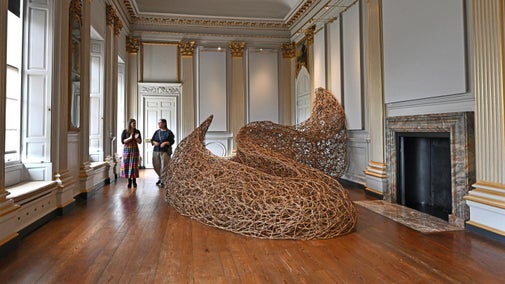
Bring your dog to Beningbrough and you'll both have a great day out on one of Yorkshire's finest estates. Here are some ideas to help you get the most out of your visit. Beningbrough is a three pawprint rated place.

Find out everything you need to know about arranging a group visit to Beningbrough, from shopping and eating options, things to see and do and all the essential information for any visiting groups.
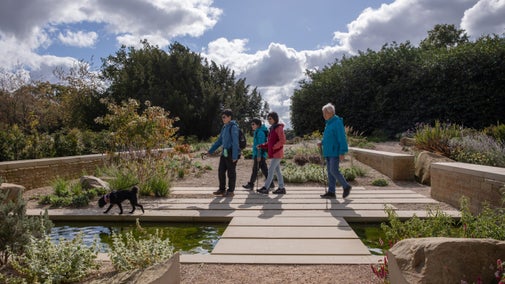
As an eight acre gardens around a central carriageway, Beningbrough is not somewhere you tend to get lost. Part of the pleasure is wandering from garden to garden, and the hall is clear to see wherever you are. However for accessible paths, dog free zones and location of toilets, download the map on your phone. Alternatively, take a photo of the panel when you arrive.
An 8-acre formal garden with spring bulbs, herbaceous borders, historic trees, and walled garden full of fruit blossom providing year round colour. Undergoing a renaissance by award winning garden designer Andy Sturgeon, look out for the Pergola and Mediterranean Garden and see what's next in the Wilderness.
The architecture and collections on the ground floor tell the story of a country house and the people who have shaped Beningbrough with selected items from the collection on display. While the Reddihough Galleries on the first-floor host changing exhibitions of contemporary and traditional artwork in autumn and winter, currently Whispers of the Wilderness: Exploring Wilderness Gardens.
Don't miss the swings, slides, climbing frames and den zone in the wilderness play area, with options to suit toddlers to teens. Come prepared with your ball or kite and head to the large south lawn for a game together before heading off with a family trail - available every school holiday - along with additional led activity days to try something new.
Seasonally changing homemade lunches, tasty bakes and drinks available from the restaurant with indoor and outdoor tables and dog's welcome section. The brew house is open on busy days for light snacks, ice creams and takeaways with several picnic benches close-by. Browse the stables and outdoor shop for homeware, local produce and something for your own pocket of green.
Discover more about the Reddihough Galleries on the first floor of Beningbrough Hall. Currently on show, Whispers of the Wilderness: Exploring Wilderness Gardens is a full sensory exhibition linking history and fashion, with contemporary sculptures and sketching. See past exhibitions and what's coming next.

Discover the family activities and events at Beningbrough, from den building in the wilderness play area to nature spotting on a walk. Look out for new trails and activities during the school holidays.

Discover the formal gardens, walled kitchen garden, herbaceous borders and wildlife areas, each with its own style and beauty. Experience the tranquillity of the Mediterranean Garden, the latest new space designed by Andy Sturgeon. Find out more about this RHS partner garden in Yorkshire.
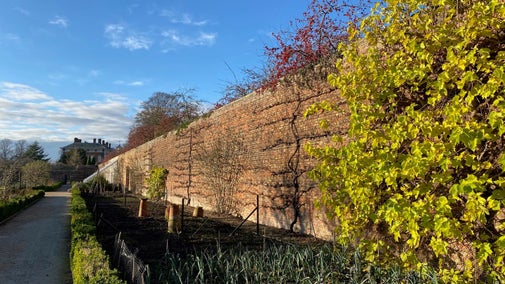
Explore what to expect visiting the historic rooms on the ground floor, from feats of engineering, striking architecture and symbolic pieces of the collection marking moments in time. Find out about the next exhibition in the first floor Reddihough Galleries.

Father Christmas is returning to the hall and new for 2025, he's taken up room on the top floor. Storytime is now sold out but find out about crafting workshops and what else to expect when you visit, including places to eat and what's on offer in the shop.
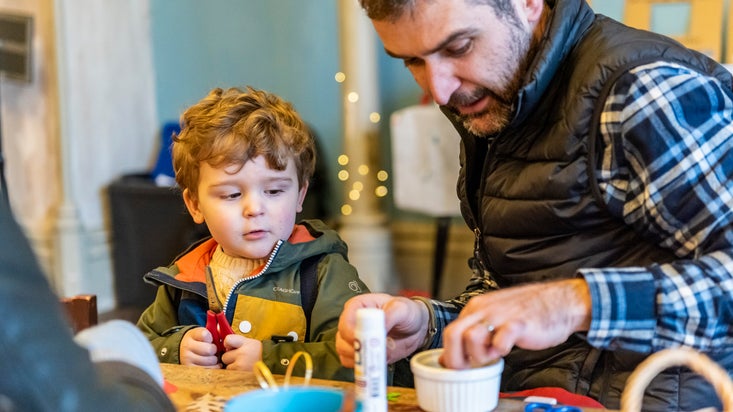
Choose from a range of tasty snacks and drinks at Beningbrough's restaurant and two other eateries, open on selected days. Find out where to refuel with your dog, indoor and out.
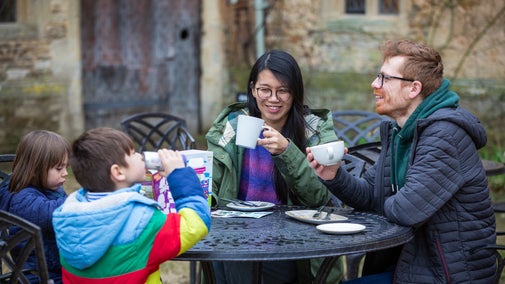
Stop off at the stables shop to find a range of gifts inspired by the places we care for and many local artisan product. Peruse the outdoor area with plants in the growing season and any surplus produce from the garden on offer.
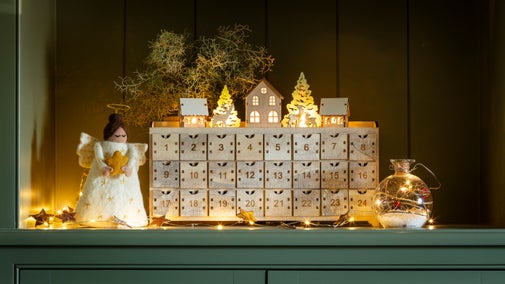
Find a large selection of second-hand books in the library on the ground floor of the hall. Browse for a while and grab a new story to get lost in or biography from a favourite character. Leave your cash donation in the tub or donate with a card at any till. Stocks are regularly refreshed so it's worth popping in each time you visit. Not to mention if you're looking to donate pre-loved books, we'd readily accept to keep the shelves supplied. Opening times match the hall.
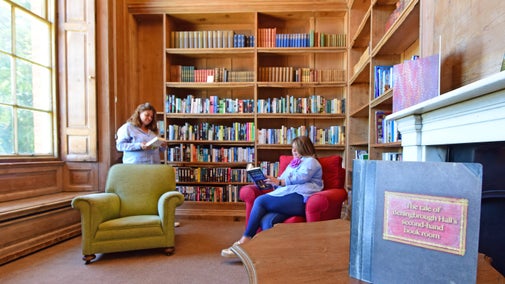
The 380 acres of parkland at Beningbrough offer the chance to stretch your legs and reconnect with nature, as well as being home to wildlife including birds, rare bats and the iridescent tansy beetle. Park for free in the visitor car park before heading out on one of the routes.

Discover a woodland walk that's just the right length for all ages. Listen out for bird song, take a detour to the medieval pike ponds and, in spring, enjoy a carpet of bluebells.

This picturesque route through parkland and woodland includes two options to extend your walk: going further into the woods and taking in the historic village of Newton-on-Ouse.

Discover this circular walk from Beningbrough Hall, through woods and along the River Ouse, with sweeping views of the estate and the chance to spot a range of wildlife.
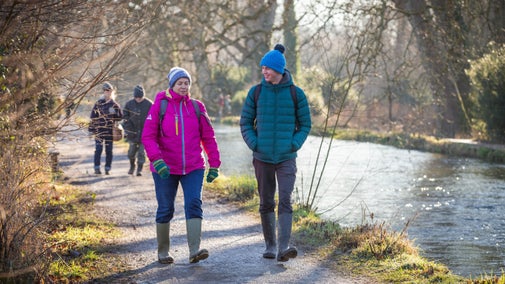

A bright and airy two-bedroom apartment at the heart of Beningbrough Hall estate, 45 metres from the main house.
Just two miles from York's vibrant city centre, Middlethorpe offers the best of both worlds: a pretty country house and spa in 20 acres of beautiful gardens.


The newest place to stay in the area. This is a brand-new apartment offers striking views from the living and dining room to York Minster. Fancy being one of the first to stay here?
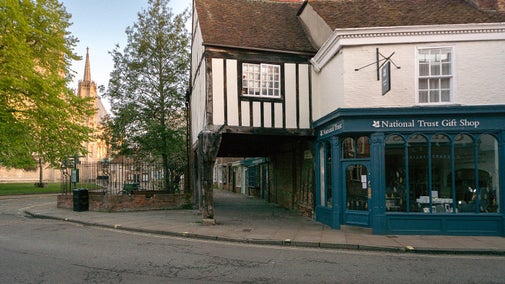
Set in the city of York, this characterful and quirky medieval cottage has views of York Minster.
Wellies and woollies at the ready for the latest free family trail.
See the latest art exhibition in the hall's Reddihough Galleries from 2 September 2025 - 12 April 2026, on open days.
During the winter months the conservation team deep clean the collection. Drop-in and see what they're working on.
Meet Father Christmas at Beningbrough Hall - help to solve a riddle and save the day! With storytelling, a chat and gift, plus the chance to capture festive photos.
Get creative this festive season with new hands-on Christmas craft workshops
Join Louise Lohr, Deputy Curator of Yorkshire Sculpture Park in one of a series of exhibition talks with the specialists involved in the creation of the latest exhibition.
Join Archaeologist Mark Newman in one of a series of exhibition talks with the specialists involved in the creation of the latest exhibition.
Wrap up and take your seat for Flora's Forgotten Flower Pot this half term
From the teenager who inherited it, to its time as an RAF billet, Beningbrough was shaped for more than 300 years by the people who lived here. The architecture and collections on the ground floor tell the story of a country house, while the Reddihough Galleries on the first-floor host changing exhibitions of contemporary and traditional artwork.
Andy Sturgeon the award-winning international garden designer has created a long-term vision. The garden is now enjoying a revival with a Pergola, ha-ha walk and now open, a new Mediterranean Garden. These sit alongside traditional herbaceous borders and a walled kitchen garden providing year-round interest. Dogs are welcome in most parts of the garden and selected areas of the restaurant.
For families - let off steam in the wilderness play area or see what's on offer in the school holidays. Refuel in the walled garden restaurant or brewhouse or grab something to take away as you explore. Choose from plants and an extensive home and garden range in the shop to complete you day out at Beningbrough.
Uncover the history of this enigmatic house, including its early beginnings, a close call with Charles II, romantic love stories and its wartime connections.

Explore the objects and works of art we care for at Beningbrough on the National Trust Collections website.

Find out how award-winning landscape and garden designer Andy Sturgeon was appointed by the National Trust to help revitalise the garden at Beningbrough, the work that has already happened, as well as what is planned for the future.
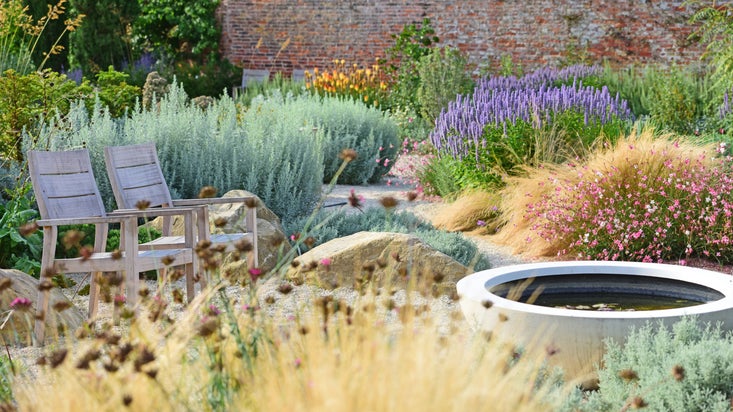
Discover how you can get more involved at Beningbrough and find out the most popular volunteering roles, from programming and events to helping in the garden and parkland. Plus any volunteering vacancies with recruitment details.


Join today and help protect nature, beauty and history – for everyone, for ever. Enjoy access to more than 500 places with National Trust membership.
By sharing your email address you’re agreeing to receive marketing emails from the National Trust and confirm you’re 18 years old or over. Please see our for more information on how we look after your personal data.